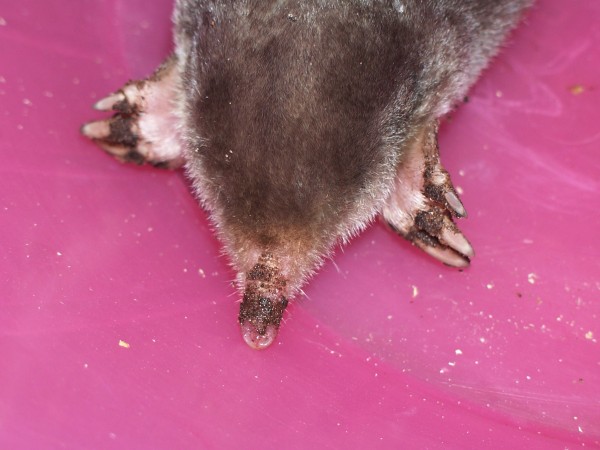There is nothing more frustrating than spending weeks creating the perfect lawn only for it to be wrecked by moles. Moles are very common in Britain and can tunnel up to 20 metres in one day.
Although they carry no diseases, and in some cases can actually be good for your garden (by aerating the soil), generally, moles cause havoc and headaches amongst gardeners.
Learn how to humanely control these furry beasts and prevent them from returning.
Plant anti-mole flowers
The least disruptive way to deter moles from your garden is to be selective with the plants and flowers you introduce to your green space. Moles detest the smell of daffodils, alliums and marigolds. Planting a selection of these around your garden’s border should keep moles at bay.
Limit excess water
When there has been excess rain, or you have over watered your garden, worms, slugs and other delectable mole treats will rise to the surface. This causes moles to dig closer to your lawn and will result in further damage.
Limit the amount of water in your lawn by only watering once or twice a week. There should be enough for your plants to grow, but not so much that worms and slugs are rising to the surface.
Remove food source
Fortunately, moles like to eat garden beasts and can actually help the natural flow of your garden, by keeping slugs, insects and ants at bay. However, if they are destroying your lawn, you will need to find a humane solution.
Removing the moles’ food source can easier said than done, but there are certain things you can do to help the moles move on. Use organic pesticides to rid your garden of insects and keep on top of any slug invasions so moles know that your garden is not a likely place for food.
Make a DIY repellent
There are several household items you can use to ward off moles. One of the most popular anti-mole formulas is a mixture of cayenne pepper, vegetable oil, castor oil and washing up liquid. Mix water with these ingredients and spray on mole hills and around the edges of holes and tunnels. This is an environmentally safe formula and will not harm other wildlife, pets or children.
Failing that, placing garlic cloves and moth balls inside the tunnels should prevent moles returning.
Sprinkle cat litter
Like most small animals, moles are terrified of cats. If you have access to used cat litter, a scoopful of this, sprinkled into mole holes, should be enough to scare them off. Only use cat litter that has been urinated on, and remember to wear gloves and wash your hands afterwards.
Use humane traps
Using humane traps is one of the last resorts for managing moles. Live traps allow you to catch the mole and give you the opportunity of releasing it elsewhere. Live traps should be inspected at least twice a day, so that a captured mole doesn’t die of starvation. Moles should be re-released into the wild at least one mile away from your property.
Never use poison in a humane trap, as it may harm pets or other wildlife.
As with other pests, it’s worth remembering that persistence and patience should work hand in hand to rid your garden of moles. Make sure you give each method enough time to work, before moving on to the next one.
If you feel that you have exhausted all possible solutions, you should call in an expert team who will be able to solve your mole problem and suggest alternative ways to keep moles away so you can enjoy your garden again.
Barry Walker is the Director of TDC Pest Control based in Southend, Essex. Barry has extensive knowledge of the pest control industry and knows what a pain having moles take up residence in your garden is and can offer advice on how to deal with them.
